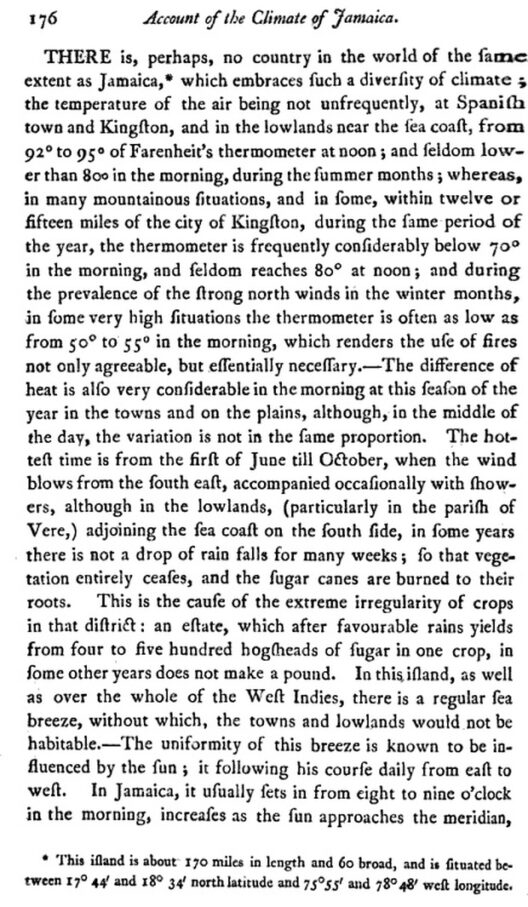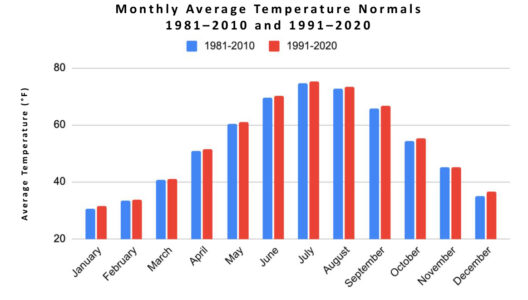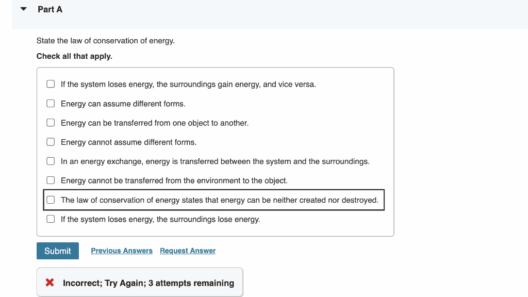Magnets are ubiquitous in our daily lives, found in everything from refrigerator doors to high-tech gadgets. Their mysterious allure prompts many to ponder a question that has intrigued both scientific enthusiasts and the general populace alike: do magnets violate the law of conservation of energy? This query underscores a fundamentally fascinating point about the physics of magnetic fields and energy transformations, revealing layers of complexity beneath what might seem like an intuitive understanding.
The law of conservation of energy asserts that energy cannot be created or destroyed, only transformed from one form to another. This principle is foundational in physics, guiding our comprehension of everything from mechanical systems to thermodynamic processes. Observing a magnet, one might witness the seemingly spontaneous attraction and repulsion between magnetic materials without any visible energy input. This phenomenon invites speculation: are we, in fact, witnessing a breach of this universally upheld law?
To address this conundrum, one must delve deeper into what constitutes energy and its various forms. Magnets exert forces through their magnetic fields, which are produced by the movement of electric charges, primarily electrons. When a magnet attracts a ferromagnetic material—like iron—it isn’t generating energy from nowhere; instead, it is converting stored energy within the magnetic field into kinetic energy, thereby facilitating movement. Hence, the scenario observed is not a violation but rather a demonstration of energy transformation.
One common observation is how magnets can induce motion in conductive materials, such as when a magnet is moved through a coil of wire, generating electrical current in a phenomenon known as electromagnetic induction. Here, energy transference occurs: mechanical energy applied to the magnet is converted into electrical energy. This principle forms the backbone of countless technologies, including generators and transformers. Embracing this perspective, it becomes clear that magnets are not contrary to the conservation of energy; rather, they exemplify the laws of physics in action.
Furthermore, one might wonder about the infinite nature of magnets, particularly those strong and rare elements like neodymium. The seemingly relentless power of these magnets could lead to misconceptions about energy reserves. Once again, it is crucial to recognize that even the most potent magnets do not operate in a vacuum. The energy expended in producing magnets, from mining to manufacturing, produces a finite resource. Thus, although they appear to provide unending force, magnets are part of a closed system where energy is perpetually conserved.
It is essential to consider the intricate relationship between magnetism and energy at a microscopic level. Quantum mechanics reveals that magnetic phenomena are to a large extent caused by the alignment of atomic dipoles. The magnetic properties of materials are contingent on their atomic structure and the stability of electron configurations. These quantum interactions govern how energy is exchanged—further reinforcing the principle of conservation, as energy fluctuations in one form give rise to equivalent fluctuations in another.
In educational contexts, magnets are often used to demonstrate principles of physics effectively. This practicality reinforces our understanding and appreciation of energy conservation. For instance, in educational experiments, students observe how magnets can do work by causing motion without visible fuel sources, yet they can internalize that energy is still conserved. The challenge, however, lies in bridging theoretical constructs with intuitive understanding; many find themselves captivated by the illusion of endless power without grasping the underlying mechanisms of energy transformation.
But why are magnets so intriguing beyond their simple operations? The fascination stems from their duality—they embody simplicity in the fundamental forces of nature while simultaneously engaging with complex physical laws. Every action of a magnet can lead to extensive discussions about electromagnetism, energy conversion, and sustainable technologies. The majority of modern innovations hinge on the coexistence of these forces, invoking curiosity about the potential of magnets to lead to more sustainable applications.
In discussions about sustainable energy, magnets play a pivotal role. Their involvement in renewable energy technologies, such as wind turbines and electric vehicles, underscores their significance in shaping a greener future. Through electromagnetic induction, they enable the conversion of mechanical energy from wind or kinetic energy from motion into electrical energy. This closed-loop system adheres strictly to conservation principles, utilizing existing energy rather than creating it from nothing.
However, it is also important to acknowledge the myriad misconceptions surrounding magnets, particularly their applications in purported ‘perpetual motion’ machines. Such claims are where philosophy meets physics; not only do these propositions contravene the first and second laws of thermodynamics, but they also highlight ongoing public fascination with the possibility of defying nature’s defined limits. While magnets can facilitate systems that appear to achieve extraordinary feats, the overarching principles of energy conservation continue to govern their operation.
In conclusion, magnets do not violate the law of conservation of energy; they illuminate the intrinsic laws that govern our universe. Their captivating behaviors showcase the interplay of forces and energy transformations that underscore both common experiences and cutting-edge technologies. Understanding the role of magnets within the framework of energy conservation fosters a greater appreciation for their contributions to modern advancements and sustainable practices. As society continues to innovate and explore new frontiers in energy usage and conservation, magnets will assuredly remain central characters in the story of our relationship with energy and the quest for sustainable solutions.








